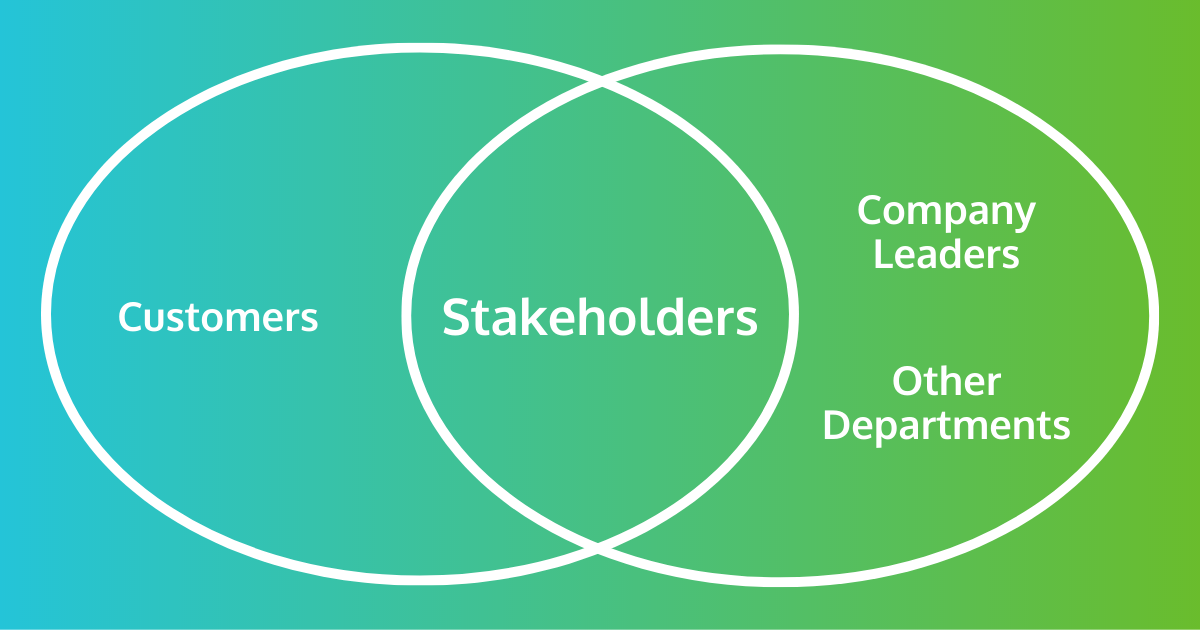-
- marketing agility
- Teams
- Organizations
- Education
- enterprise
- Articles
- Individuals
- Transformation
- Solution
- Leadership
- Getting Started
- business agility
- agile management
- going agile
- Frameworks
- agile mindset
- Agile Marketing Tools
- agile marketing journey
- organizational alignment
- Agile Marketers
- People
- Selection
- (Featured Posts)
- strategy
- agile journey
- Metrics and Data
- Kanban
- Resources
- Why Agile Marketing
- agile project management
- self-managing team
- Meetings
- Scrum
- agile adoption
- scaled agile marketing
- tactics
- scaled agile
- AI
- Agile Meetings
- agile marketing training
- agile takeaways
- Agile Leadership
- agile coach
- enterprise marketing agility
- Scrumban
- state of agile marketing
- team empowerment
- Intermediate
- agile marketing mindset
- agile marketing planning
- agile plan
- Individual
- Team
- Videos
- agile marketing
- kanban board
- Agile Marketing Terms
- agile transformation
- traditional marketing
- FAQ
- agile teams
- Agile Marketing Glossary
- CoE
- Scrumban
- agile
- agile marketer
- agile marketing case study
- agile marketing coaching
- agile marketing leaders
- agile marketing methodologies
- agile marketing metrics
- agile pilot
- agile sales
- agile team
- agile work breakdown
- cycle time
- employee satisfaction
- marketing value stream
- marketing-analytics
- remote teams
- sprints
- throughput
- work breakdown structure
- News
- agile brand
- agile marketing books
- agile marketing pilot
- agile marketing transformation
- agile review process
- agile team charter
- cost of delay
- hybrid framework
- pdca
- remote working
- scrum master
- stable agile teams
- stand ups
- startups
- team charter
- team morale
- user story
- value stream mapping
- visual workflow

Creating marketing personas has been a common practice for decades. Yet, a shocking number of us marketers still create and use bad personas that just don’t add enough value to our work. Often this comes from seeing marketing personas as merely checking a box, something you have to do to proceed with your project.
It’s time to do better.
Combining the right mindset with a high-quality marketing persona template leads to more effective campaigns. So let’s take some time to understand the mindset we should be applying to our marketing personas and explore some useful templates for saving valuable time.
What Is a Marketing Persona?
A user persona is simply a description of a hypothetical real user designed to help marketers think about and understand their customers. While there are many different marketing persona templates, you’ll often see information on their struggles, habits, likes, dislikes, etc.
The Importance of Personas in Marketing
You can think of marketing personas as a tool for humanizing customers that marketers may never see in person. They help us craft campaigns more effectively and remind us that we’re dealing with real people with real needs. At the same time, they enhance our creativity by forcing us to think about our customers in different ways.
In a way, these personas are designed to address the common problem of marketers forgetting about their customers. It’s frighteningly easy to fall into the trap of marketing on autopilot, putting out the same campaigns and content over and over.
Customer Centricity
Before we dive into the actual marketing persona templates, we need to talk about customer centricity. This is the mindset that ensures your personas are about more than box-checking.
As marketers, we often fall into the trap of focusing too much on our metrics and not looking at the big picture. This tunnel vision can leave us chasing that marginal improvement in a CTR while completely forgetting about the actual people we want to engage with.
Customer centricity is how you tackle that problem head-on. It’s a mindset built around putting the customer first when making marketing decisions. You’re trying to remind yourself that the customer isn’t just a buyer of your product or service, they’re a complex human being who needs to be treated as such.
The Customer as Stakeholder
One way to approach building a customer-centric mindset is to think of your customer as a stakeholder. In other words, their perspective should be considered just as much as company leadership, the sales department, investors, etc.

The work marketing does can be built around delivering value to all of these stakeholders. This helps avoid short-term activities that might bring results but at the expense of customers. For example, misleading ad copy or article titles. By focusing on providing genuine value to those customers, you’re better positioned to build lasting and profitable relationships.
Another way of looking at this is by thinking about efficiency vs innovation. While efficiency is often centered around simply doing what you already do marginally cheaper/faster/etc., innovation is what really drives significant results.
Yet another way to think about being customer-centric is by contrasting outputs with outcomes. Is your marketing focused on just writing more articles or sending more emails? Or is it focused on producing an outcome for your customers? This outcome-based approach is how you really drive genuine value to those customers.
It’s no wonder so many businesses now see customer-centricity as key to long-term success.
But what does all of this have to do with marketing persona templates? Those templates should be a tool for getting a deeper understanding of your customers. That understanding then enables you to better deliver value to those people.
Standard Marketing Persona Templates
There are a few basic problems with most marketing persona templates:
- Not enough detail or too broad (what’s the point then?)
- You’ve got too much detail (where to even focus?)
- Focusing on the wrong things (wastes time and attention)
The takeaway here is that there’s no such thing as a single perfect marketing persona template. You always want to tailor a template to your customer. After all, if you’re working based on the same template as everyone else, how are you going to access the kind of creative marketing you need to outperform your competitors?
For example, are you targeting customers in a B2B environment where the challenges they face at work should be front and center? Or are you looking at a B2C environment where you’re thinking about when they tend to have an afternoon snack? That’s why going beyond standard templates can be so valuable.
One approach is to take a template and adjust the names of the various categories on it. This has a few advantages. First, it obviously lets you customize the template to better fit your needs. But it’s also an excellent way to get your team to really think deeply about what’s important to understand about your customers.
With all that said, let’s explore a few types of marketing persona templates you can use. Before doing that, why don't you take a second to check if bad processes are eating up your marketing budget?
The Empathy Map
One unconventional type of marketing persona template well-suited to a customer-centric approach is the empathy map.

Instead of focusing on details like the customer’s age, job, etc., the empathy map is designed to answer questions like:
“How does this customer think and feel?”
“What are the customer’s frustrations?”
“What are the obstacles standing between them and what they want to achieve?”
In this way, you can think of the empathy map as more than just another marketing persona template, it’s an exercise in and of itself. The end product is a great asset, but the process of bringing the team together to answer these tough questions is another excellent way to build a customer-centric mindset.
If you’re curious to give it a try you can check out the updated empathy map canvas for yourself.
But while the empathy map is great, you can and should combine it with other marketing persona templates to deepen your understanding of your customers.
The Value Proposition Canvas
Another way to think about providing value to your customers is by using the job-to-be-done framing. Designed to create alignment around outcomes, it encourages teams to look at how their solutions enable customers to “do a job.”
The underlying idea is that we often misunderstand why customers choose certain products and services. A classic example comes from how McDonalds tackled the challenge of selling milkshakes. It turns out that the “job” those milkshakes were doing wasn’t what marketers at McDonalds initially assumed.
Commuters were buying milkshakes to keep themselves occupied on long commutes, not as a sweet indulgence. The slow pace at which they were consumed, the fact that they could be consumed hands-free, etc. were all crucial attributes the marketers hadn’t previously considered.
The value proposition canvas is a tool for thinking about jobs to be done and placing it within a larger marketing persona template.

By understanding what your customers are actually trying to do with your product or service, you can really narrow in on how you can connect your marketing with the outcomes they want. Instead of just thinking about the attributes of a customer persona, this template encourages you to consider how they feel, what pain they’re trying to alleviate, etc.
Obviously, there’s some overlap between this and the empathy map, but each has their place. The results of filling out one template can be used to help fill out the other. Together, they can paint a complex picture of a customer persona with insights into what really drives their behavior on a deeper level.
After Your Personas Are Created
Here’s where another major issue with marketing personas hits: they just get forgotten. While the exercise of creating a persona is a great exercise for building alignment and a customer-centric mindset, you don’t want to stop there.
As you go through the process of creating marketing campaigns and content based on those personas, add reminders to refer back to them. This can be a good way to remind yourself who your customers are. But it’s also a chance to ensure your personas evolve as your marketing does.
For example, you may learn that some of your assumptions about a persona were wrong. Taking the time to gather and think through the implications of that change can help ensure your other marketing materials evolve as well.
To make sure this happens, try inserting reminders to check in on your personas on a regular basis. Or you might insert them into presentations you use when meeting to develop campaign ideas. However you approach it, the goal is to make sure those templates are regularly considered and updated as needed.
Finding the Rest of the Puzzle
It should be clear by now just how important the mindset you apply to these templates is. So if you’re looking for more effective marketing persona templates, make sure you’re also investing in your approach to using them.
Our Agile Marketing Fundamentals course is designed to do just that. It explores the Agile mindset, including becoming more customer-centric. It even trains you on how to use the value proposition canvas! So if you want to start getting more value from your personas, this is the place to start.
Before you leave, don't forget to check if bad processes are eating up your marketing budget and learn how to save money and your sanity with better marketing processes.
Topics discussed
Improve your Marketing Ops every week
Subscribe to our blog to get insights sent directly to your inbox.


